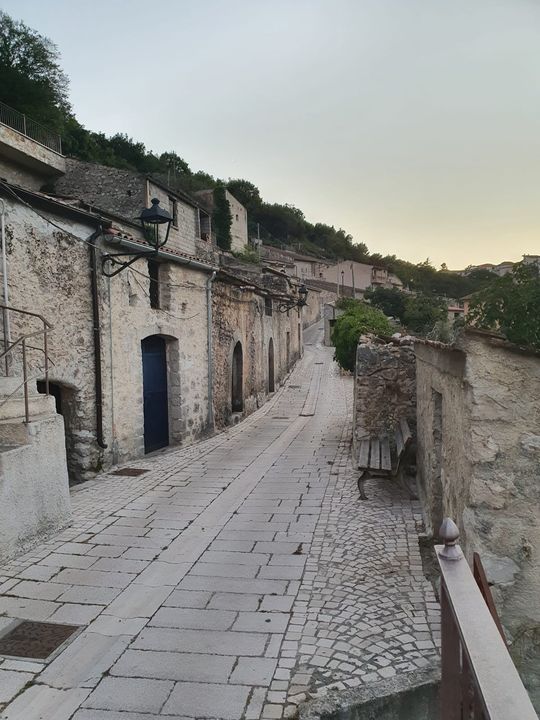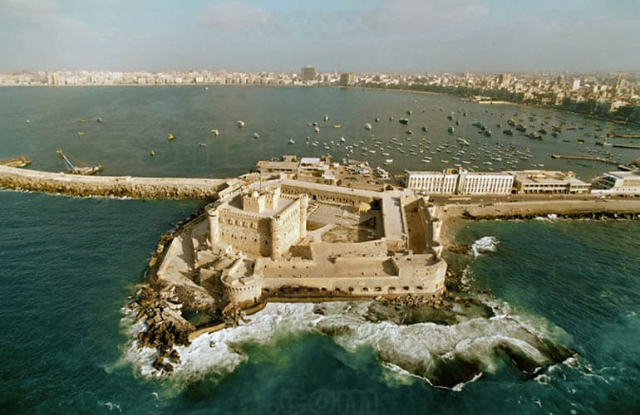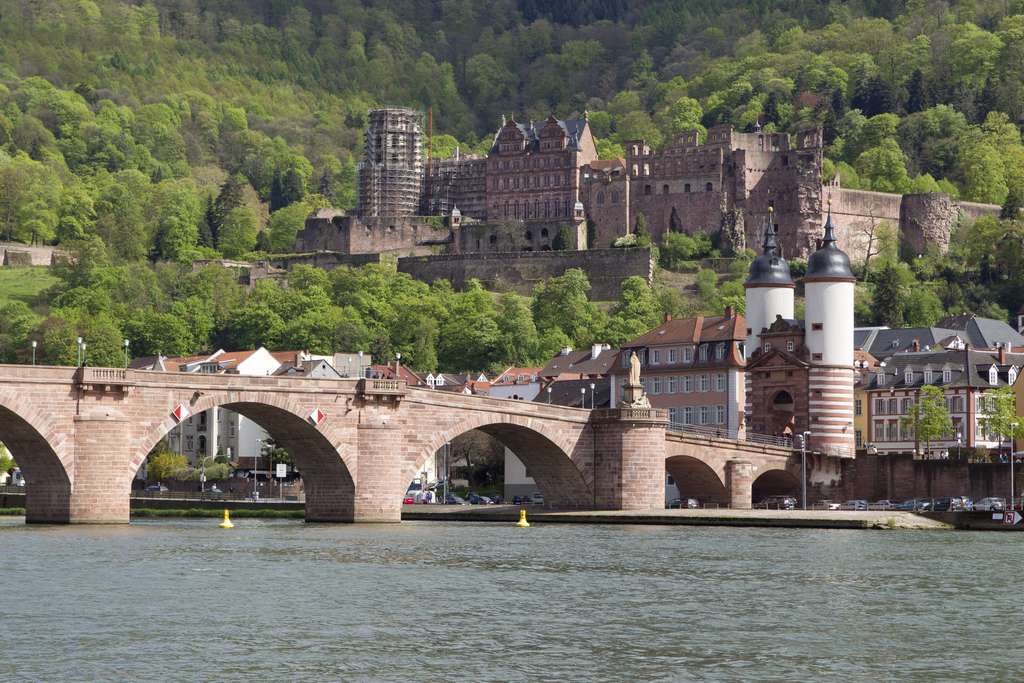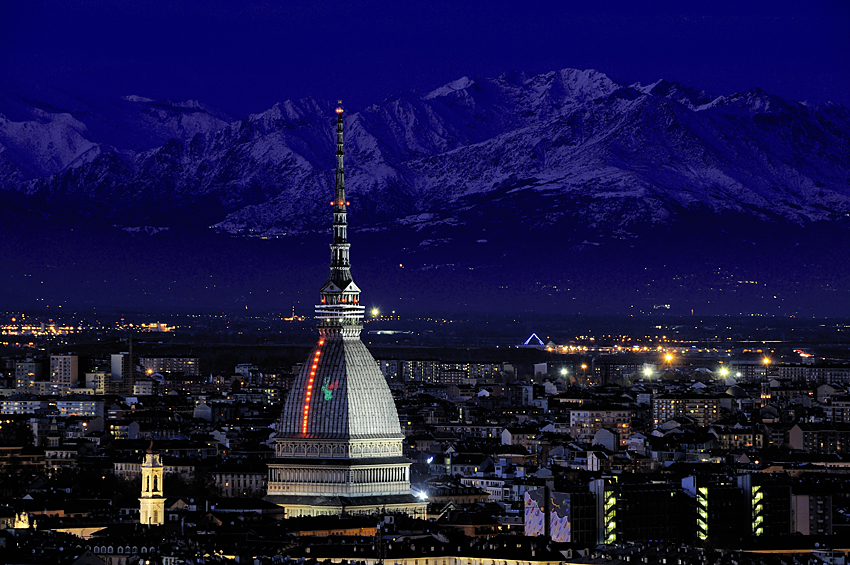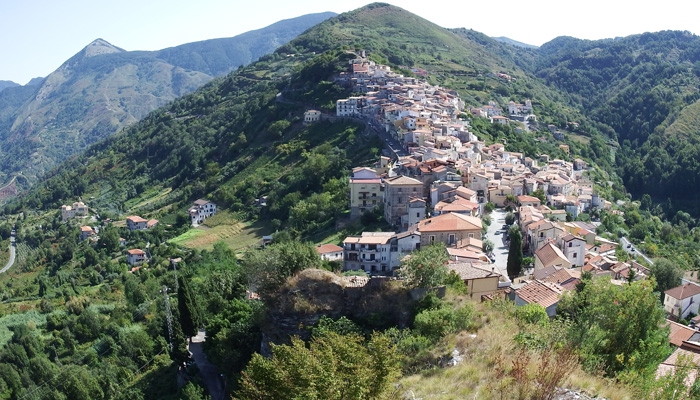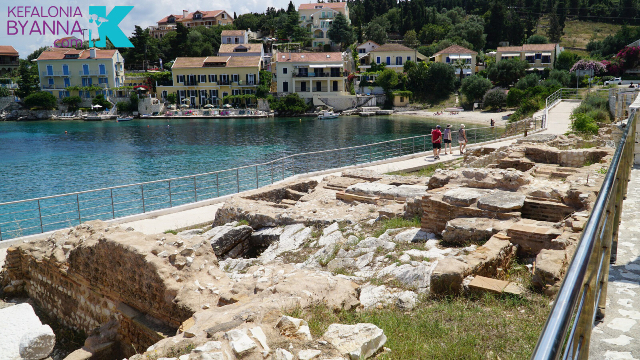The "Borgo di via Bacco" consists of a rupestrian settlement of over 600 stone cellars with caves dug into the rock. The oldest probably date back to the late Middle Ages and were built as Laura of the monastery of San Zaccaria, whose remains lie on the hills above. In fact, in ancient records, Via Bacco appears under the name Grotti-Celle, testifying to the fact that these old buildings were probably used by hermits for spiritual retreat. This origin is also testified by today’s toponymy: via Bacco does not refer to the Roman divinity but to San Bacco, a Palestinian hermit follower of San Saba, who died beheaded by the Muslims at the end of 700 AD. Over the centuries, in the wake of the monks, the cultivation was expanded, giving rise to a centuries-old winemaking tradition, in which the Grotti-Celle di via Bacco, were used to store wine. The Grottoes of San Gregorio Magno, lying on a hill, extend on a series of terraces that give life to dozens of alleys, many of which can be covered only on foot. Many wine cellars preserve their original structure characterized by a room with hand-carved stone walls and a staircase leading inside the grottone, a small cave dug into the rock where barrels are placed. The cellars comply with precise architectural rules that guarantee a constant temperature of around 15° throughout the year, offering the wine the right conditions to be preserved for a long time. Many caves preserve secular tools used for wine production, such as the palmento, a concrete tank or one dug into the rock, used for crushing and fermenting must. The old wooden doors that follow one another in the alleys, associated with the stone and the thick vegetation of the hill help to create an evocative atmosphere catapulting the visitor to distant times. The village of Via Bacco hosts numerous events and from month to month takes on particular nuances: in October the streets are tinged with marc and the smell of must pervades the air. In August, instead, comes the most awaited of the Gregorian events, Baccanalia, during which folk songs, soft lights, scents and flavors give visitors an unforgettable experience.
